- No products in the cart.
Naltrexone FV caps. 50mg 10 pc
$21.55
Naltrexone FV caps. 50mg 10 pc
Description
Composition
Active substance:
Naltrexone hydrochloride -50 mg.
Excipients:
Lactose – 96 mg
Magnesium stearate – 4 mg
Hard gelatin capsules №4 (gelatin, titanium dioxide, indigo carmine) – to obtain the contents of a capsule weighing 150 mg.
Description:
Hard gelatin capsules № 4 white opaque blue cap and body. Contents of capsules – powder white or nearly white. Pharmacotherapeutic group opioid receptor antagonist.
Product form:
Capsules containing 50 mg of Naltrexone hydrochloride. 10 capsules in blisters, for one or two cell package together with instructions for use in paper cartons.
Contraindications
The use of narcotic analgesics or positive analysis on the content in the urine of opioids. The absence of holding data provocative tests with naloxone (see. Indications for use). Hypersensitivity to the drug naltrexone history of patients. Acute hepatitis or hepatic failure. Safety has not been established the use of naltrexone in patients younger than 18 years, during pregnancy and during breastfeeding.
Carefully:
Disturbances of liver and / or kidney disease, pregnancy, lactation, age 18 years.
Dosage
50 mg
Indications
PV naltrexone used in treatment of opioid addiction (dependence) in order to maintain the state of the patient, wherein the opioids can not exert characteristic action. The drug is prescribed only after the relief of withdrawal symptoms.
Naltrexone begin in specialized units for drug treatment after 7 – 10 days after the last dose of the opioid drug. Subsequently, the patient must be under strict medical supervision. The patient must be a positive setting for the treatment of drug addiction.
Naltrexone is prescribed in treatment of alcoholism, including the maintenance treatment at the same dosages as for heroin addiction on the background of psychotherapy.
Interaction with other drugs
Some preparations containing opioids (antitussive, anti-inflammatory drugs, narcotic analgesics) can not produce the desired effect in a host naltrexone. In these cases, the use of alternative medications that do not contain the opioid. Hepatotoxic drugs increase (mutually) the risk of liver damage. Possible lethargy or hypersomnia in combination with thioridazine. Accelerates the appearance of symptoms of the “withdrawal” background addiction (symptoms may appear after 5 minutes the field of administration, continued for 48 hours, are persistent and difficult to eliminate them).
Overdose
Sufficient clinical data on possible drug overdose no.
If you suspect a poisoning should appoint a symptomatic treatment and refer to a specialized medical facility.
pharmachologic effect
Pharmacological properties:
Naltrexone PV is a specific antagonist of opioid receptors. Competitively binds to the opioid receptors of all types and prevents or eliminates the action of endogenous opioids and exogenous opioids – narcotic analgesics and their surrogates. Administration of doses of opioids can be increased to weaken or eliminate the effect of this antagonist.
Pharmacodynamics:
In addition to blocking properties of opioids, naltrexone has no significant EF own pharmacological properties, except for a constriction of the pupil. At a dose of 50 mg Naltrexone PV for 24 hours blocks the pharmacological effects caused by the intravenous administration of 25 mg of heroin in a dose of 100 mg – its action is prolonged to 48 hours, and in a dose of 150 mg – 72 hours.
The drug does not cause addiction and drug dependence.
Pharmacokinetics:
It is well absorbed after oral administration and 95% is metabolized in the liver to produce pharmacologically active metabolites. The primary metabolite 6-beta Naltrexone also has properties competitive opioid antagonist. Also it is formed 2-hydroxy-3-methoxy-6-beta-naltrexone. The peak of the content of naltrexone and 6-beta-naltrexone plasma levels observed one hour after ingestion. The drug was well penetrates the barriers gistomaticheskie – distribution volume is 1350 liters. while half-life in blood plasma – 4 hours for its metabolite 6-beta-naltrexone – 13 hours, which explains its ability to cumulation. Intrahepatic metabolites are recycled. The drug is eliminated via the kidneys in unchanged (about 1%) and metabolize the form (38% in the form of free and bound 6-beta-naltrexone).
Conditions of supply of pharmacies
Available on medical prescription.
side effects
At therapeutic doses in patients in the body which are not contained opioids, naltrexone does not usually cause serious side effects. At doses exceeding 200 mg per day Naltrexone may have hepatotoxic effects.
From the digestive system: more often – nausea and / or vomiting, abdominal pain; rarely, decreased or increased appetite, anorexia, diarrhea or constipation, dry mouth, flatulence, exacerbation of the symptoms of hemorrhoids, erosive and ulcerative lesions of the gastrointestinal tract, abdominal pain, increased activity of “liver” enzymes. From the nervous system and sensory organs: the more often -bespokoystvo, nervousness, unusual tiredness, weakness, restless sleep, “nightmarish” dream, headache, rarely – dizziness, blurred vision, confusion, hallucinations, CNS depression, ringing and a feeling of fullness in the ears, pain and burning sensation in the eyes, photophobia, irritability, drowsiness, disorientation in time and space. The respiratory system: rare-cough, hoarseness, nasal congestion (hyperemia of the vessels of the nasal cavity), rhinorrhea, sneezing, bronchial, difficulty in breathing, dyspnea, epistaxis, dry throat, increased separation of mucous sputum, sinusitis.
With the cardiovascular system: rarely, chest pain, increased blood pressure, tachycardia, palpitations, nonspecific ECG changes, phlebitis.
With the genitourinary system: discomfort when urinating, frequent urination, edema syndrome (swelling of the face, fingers, feet, legs), sexual dysfunction in men (delayed ejaculation, decreased potency).
Allergic reactions:
Less often – skin rash, flushing of the skin (including facial flushing);
Rarely – pyrexia, pruritus, rarely, increased secretion of the sebaceous glands, chills.
Other:
More often – arthralgia, myalgia;
Rarely – thirst, increase or loss of weight, pain in the groin, acne, alopecia, lymphadenopathy, lymphocytosis;
In one case described in the development of idiopathic thrombocytopenic purpura in the background prior sensitization to the drug.
The syndrome of “cancellation” of opioids:
Abdominal pain, cramping, epigastric, anxiety, nervousness, fatigue, irritability, diarrhea, tachycardia, hyperthermia, rhinorrhea, sneezing, “goose bumps”, sweating, yawning, arthralgia, myalgia, anorexia, nausea and / or vomiting, tremor, weakness .
special instructions
The patient must be in possession of the card assignments Naltrexone FV for information from other health professionals, if necessary, emergency aid. When you need to overcome the blocking of opioid receptors (anesthesia, analgesia, where necessary) to use the increase in short-opioid analgesics to reduce the risk of respiratory depression and circulatory. Competitive blockade of opioid receptors can be overcome by administration of higher doses of the narcotic analgesic. Before use exclude subclinical hepatic failure, during treatment should periodically monitor the activity of “liver” enzymes. Naltrexone FV must cancel at least 48 hours prior to surgery, during which require the use of opioid analgesics. In case of need for emergency care analgesia with opioids administered in higher doses (to overcome antagonism) as respiratory depression at the same time will be deeper and more prolonged. To prevent the development of acute withdrawal syndrome patients should be at least 7 – 10 days to stop taking opioids and preparations containing them, be sure the definition of opioids in the urine and conducting provocative test with naloxone; non-compliance with these requirements withdrawal syndrome can occur 5 minutes after the administration, and continued for 48 hours. In the case of abdominal pain, dark urine, yellowing sclera must stop taking and seek medical advice. Persistent loss of appetite and progressive weight loss require discontinuation of therapy. It is not effective in the treatment of cocaine, as well as non-opioid drug dependence.
Storage conditions
Store in a dry, dark place at a temperature not exceeding 25 ° C.
Keep out of the reach of children.
Dosing and Administration
Treatment for heroin addiction:
PV naltrexone can be started not earlier than after 7 – 10 days after the last dose of the opioid drug, and in the absence of withdrawal symptoms. Abstinence from drugs is determined according to the analysis of urine contents opioids. The treatment does not begin until before the provocative test with the intravenous administration of 0.5 mg Naltrexone not become negative. Naloxone sample is not carried out in patients with symptoms of abstinence syndrome or opioid detected in urine. Re naloxone assay may be carried out after 24 hours.
Maintenance therapy with Naltrexone FV
After closure introductory phase is prescribed 50 mg Naltrexone PV every 24 hours (this dose is sufficient to prevent the action of 25 mg IV administered heroin).
You can also use other treatment regimen: 1.50 mg Naltrexone administered daily for the first 5 days of the week and 100 mg on Saturday. 2.100 mg Naltrexone administered 1 to 2 times of the day or one 150 mg every 3 days. 3. 100 mg of the drug administered on Monday and Tuesday and Friday 150 mg. This scheme is suitable for patients with the installation of a long period of deprivation of opioids.
The minimum of 3 months, the standard rate – 6 months.
Alcohol Treatment:
The daily intake of 50 mg Naltrexone FV, the minimum rate – 3 months.
Treatment does not begin until until naloxone trial conducted in order to avoid opioids in the body.
Information
Appearance may differ from that depicted in the picture. There are contraindications. You need to read the manual or consult with a specialist
Additional information
| Weight | 0.100 kg |
|---|---|
| Manufacturer | FIP |

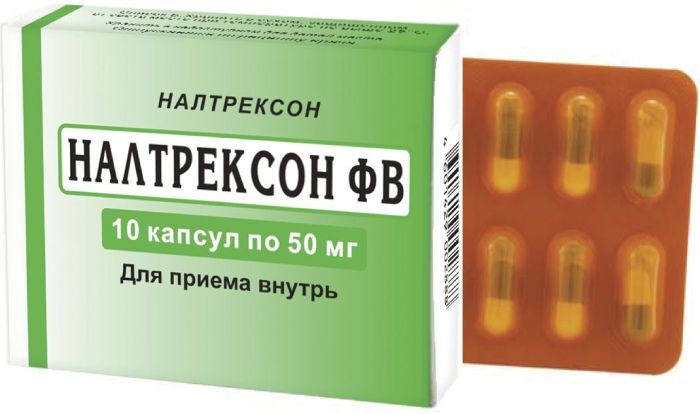
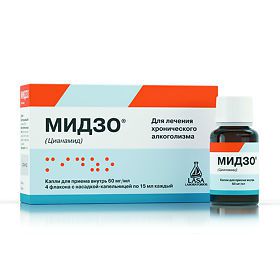
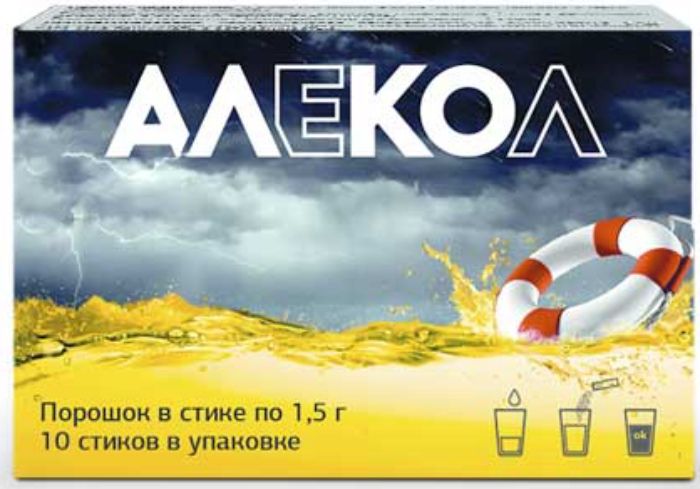
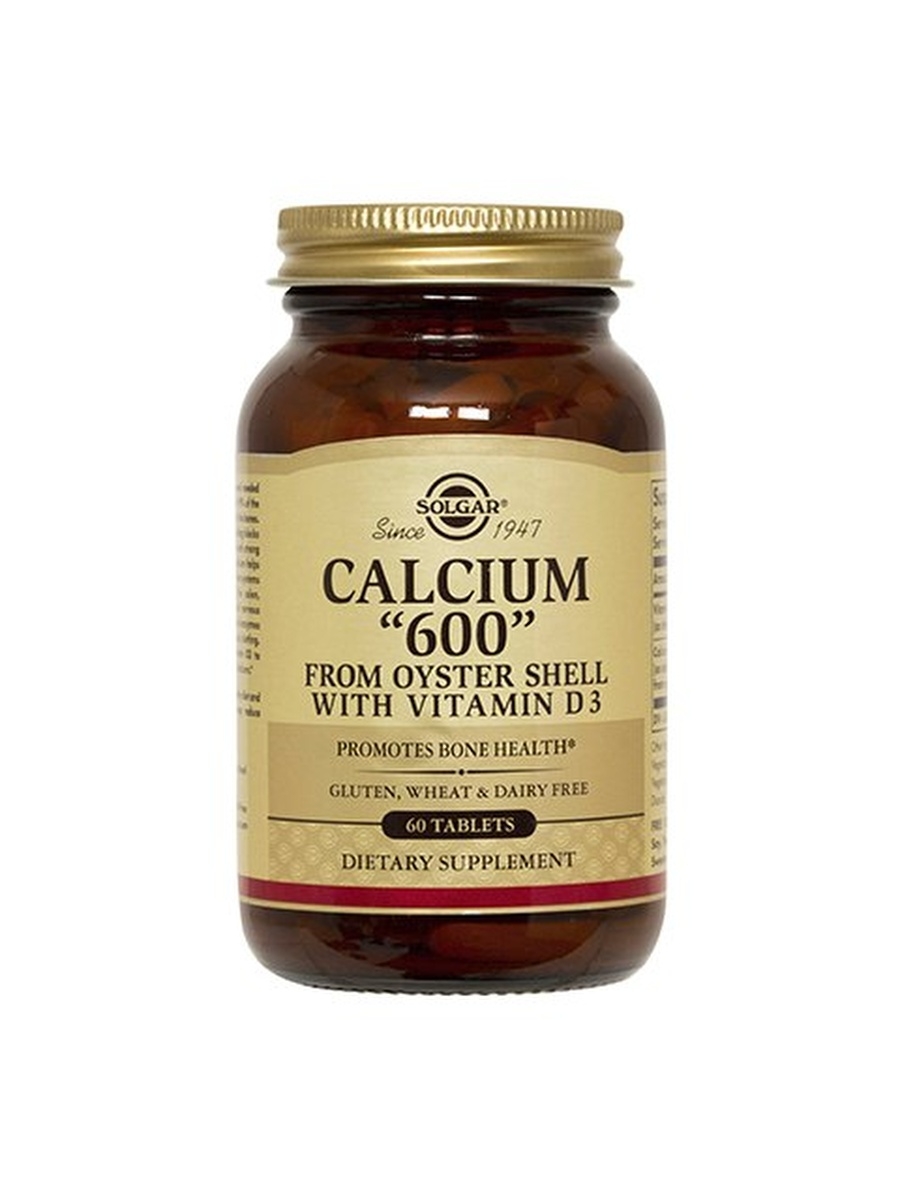
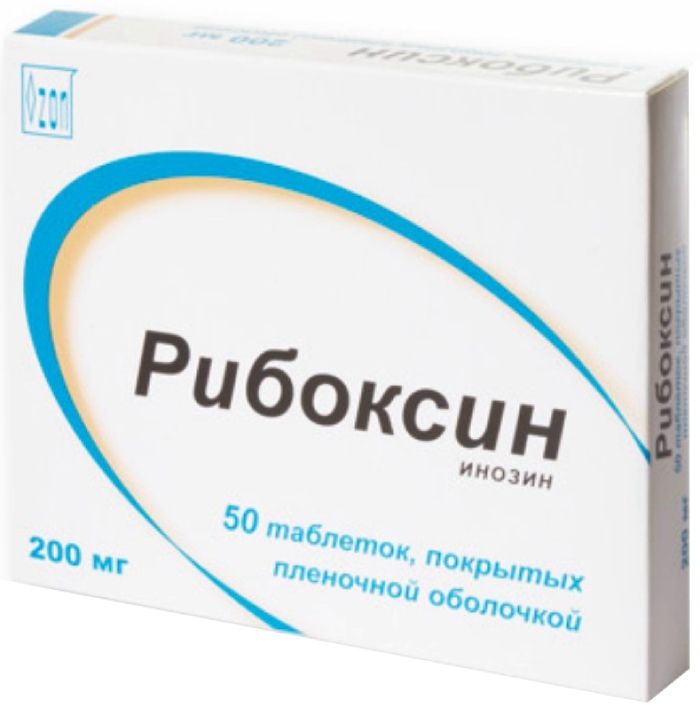
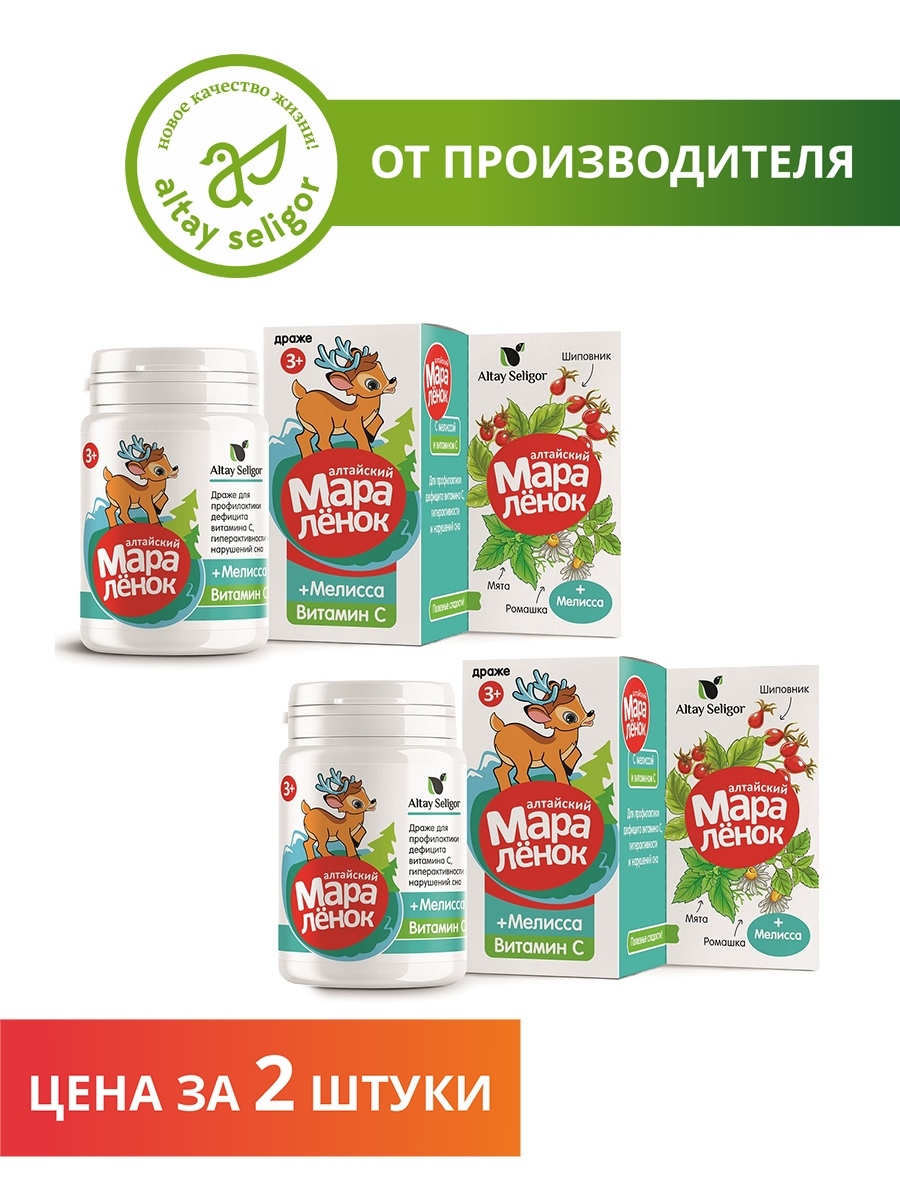
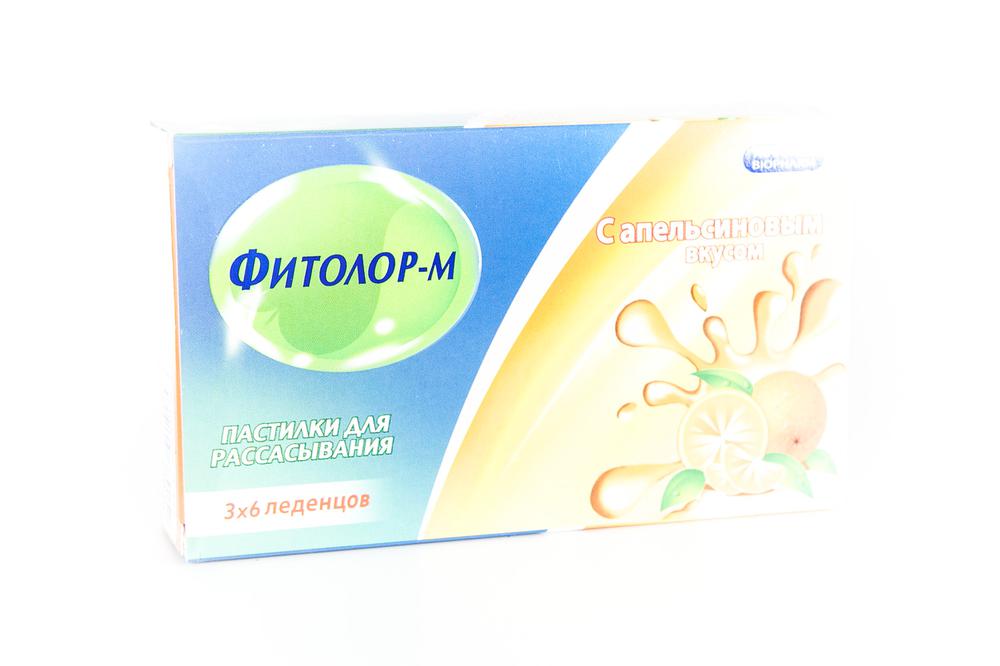
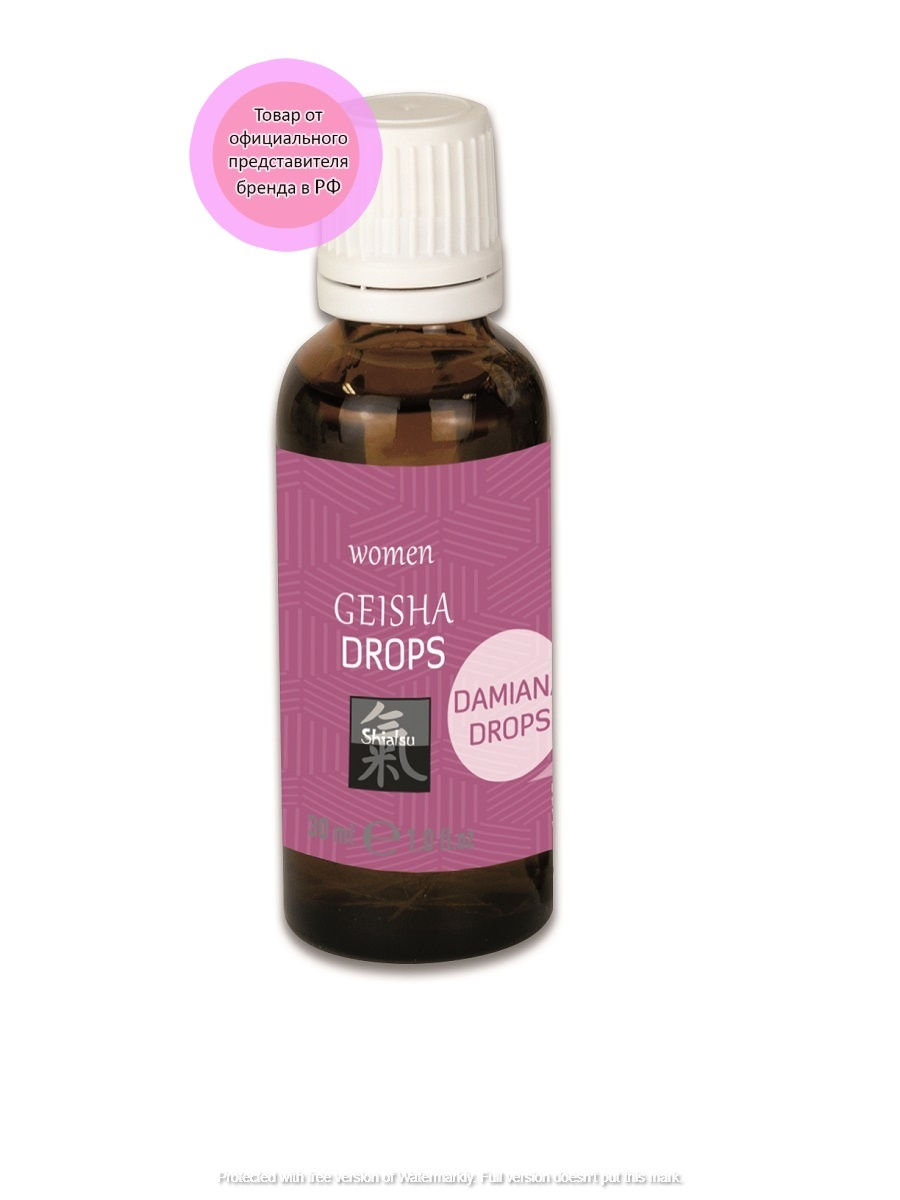
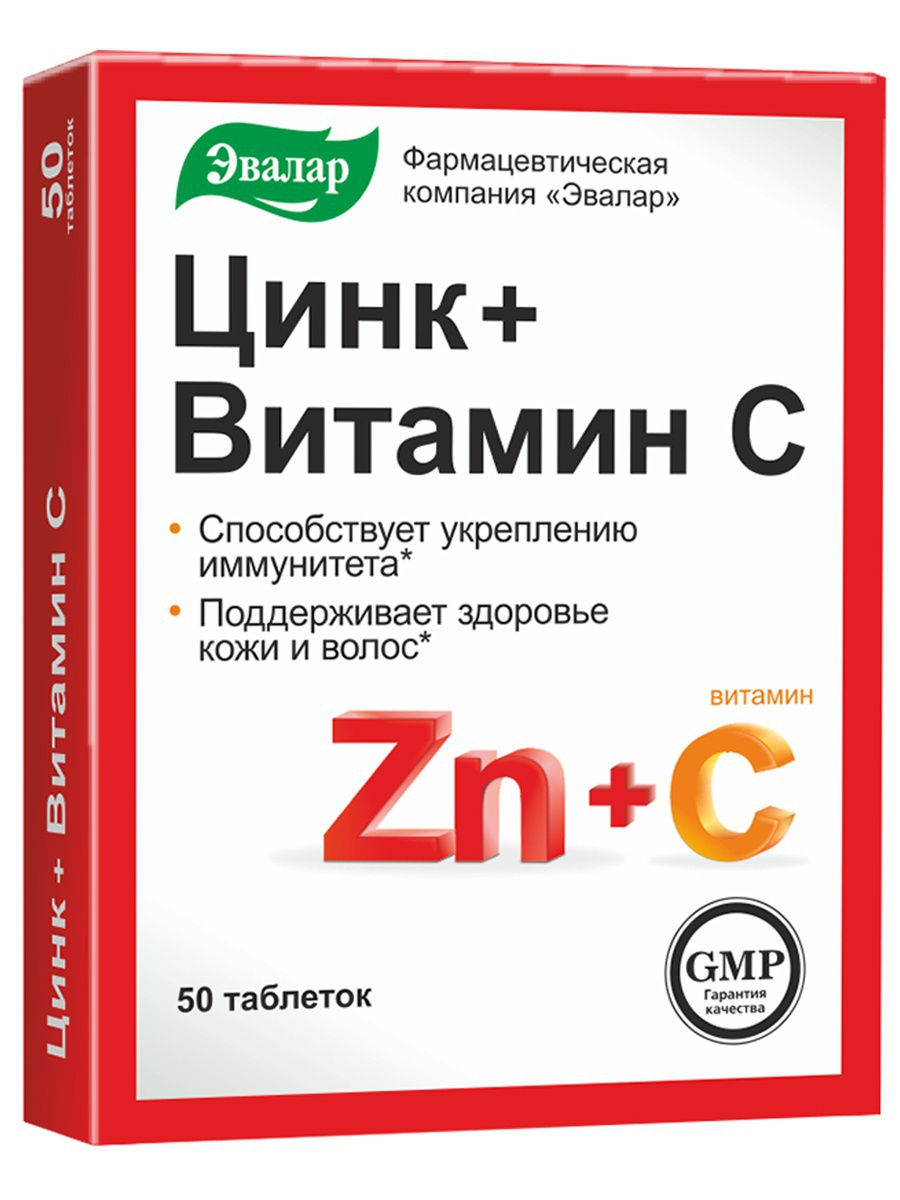




There are no reviews yet.